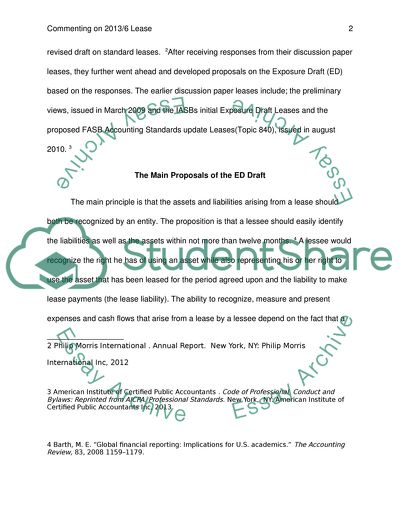Cite this document
(Commenting on 2013/6 Lease (May 2013) Essay Example | Topics and Well Written Essays - 2000 words, n.d.)
Commenting on 2013/6 Lease (May 2013) Essay Example | Topics and Well Written Essays - 2000 words. https://studentshare.org/finance-accounting/1818783-commenting-on-20136-lease-may-2013
Commenting on 2013/6 Lease (May 2013) Essay Example | Topics and Well Written Essays - 2000 words. https://studentshare.org/finance-accounting/1818783-commenting-on-20136-lease-may-2013
(Commenting on 2013/6 Lease (May 2013) Essay Example | Topics and Well Written Essays - 2000 Words)
Commenting on 2013/6 Lease (May 2013) Essay Example | Topics and Well Written Essays - 2000 Words. https://studentshare.org/finance-accounting/1818783-commenting-on-20136-lease-may-2013.
Commenting on 2013/6 Lease (May 2013) Essay Example | Topics and Well Written Essays - 2000 Words. https://studentshare.org/finance-accounting/1818783-commenting-on-20136-lease-may-2013.
“Commenting on 2013/6 Lease (May 2013) Essay Example | Topics and Well Written Essays - 2000 Words”. https://studentshare.org/finance-accounting/1818783-commenting-on-20136-lease-may-2013.


